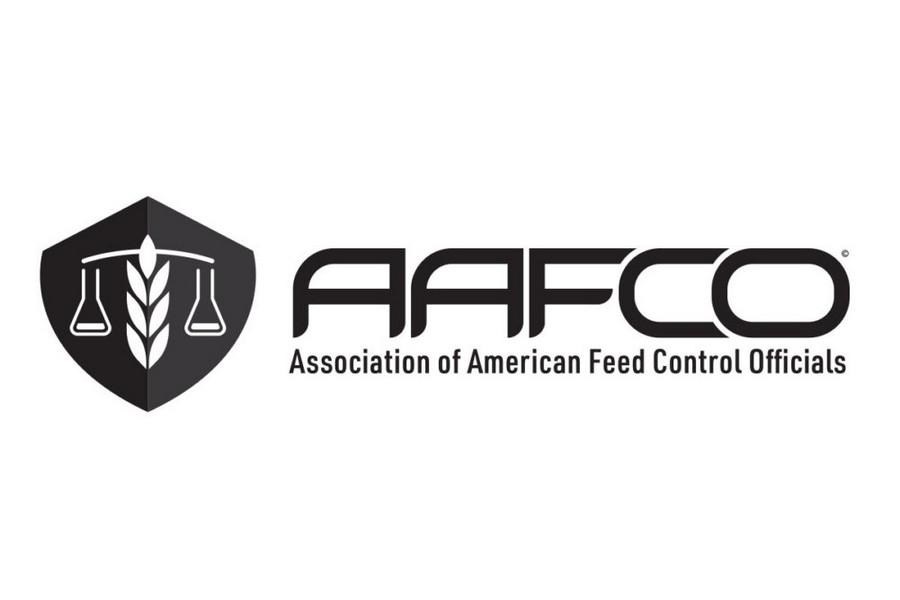Many changes and technological innovations have developed over the years; a good example is the invention of the first prescription diet designed for dogs with kidney problems in 1939 by Mark L. Morris.
It seems the change that turned the pet food industry upside down and into what we know today is the introduction to the market of the first food manufactured by extrusion worldwide in 1957. After that, there has been a great evolution and very important changes regarding: food safety, processing, and product appearance, as well as from a nutritional approach.
In terms of time, food safety is perhaps one of the first points to be addressed by the industry: water activity measurement in food to prevent bacterial growth, antioxidants inclusion to prevent rancidity or agents that prevent fungi proliferation or the blocking of their toxins.
The introduction to the market in the early 1990s of the use of hydrolyzed (digested), liquid or powdered animal proteins represented a substantial improvement in the acceptance of diets by pets.
In the case of processing, we can mention examples immediately accepted by buyers as: new product varieties with different textures (semi-moist, moist foods) or the inclusion of fresh meat in dry foods.
The pet health and care trend that took place 10 or 15 years ago is helping take important steps in improving the market offer. This is happening by applying nutritional technological improvements, intrinsic and resorting innovations from the nutrition of production animals, as well as from the food and nutrition humans. The industry is taking increasingly solid and constant steps towards a new generation of foods that guarantee pets a better quality of life for many more years.
For a long time, nutrition served as the most important point in the development of pet food, as shown by the modifications made to the nutritional standards established by the National Research Council. In fact, in 1985, only minimum and maximum levels were recommended. The concept changed for 2006 when minimum, adequate, recommended and safe levels were established. Another important point is the inclusion of omega 3 fatty acids minimum recommended levels, not included in the 1985 version.
Many things have been changing from a nutritional point of view. The inclusion of innovative ingredients sources that provide higher biological values of protein than existing traditional sources is something more commonly seen on food labels such as the use of plasma or from the egg. Additionally, there is an increase in the use of non-traditional concentrated vegetable protein sources such as peas, potatoes, or lentils. Of course, it is important to nutritionally assess the use of fresh proteins in the formulation of pet diets.
There are serious moves toward formulating pet foods with soluble and insoluble dietary fiber values (instead of the current crude fiber values). This will improve the nutritional performance of the food and its response in dogs and cats. Another valuable and interesting point is the inclusion of additives that improve pet intestinal health (prebiotics).
The use of organic minerals is becoming more and more common in the industry, and fortunately, the cost difference with inorganic sources of these nutrients is less and less, which is why it is easy to take advantage of their greater bioavailability.
Some companies have dedicated resources and time to substitute antioxidants and artificial colors for natural ones; in the case of colorants, there is still much to be done in this area since the characteristics of food processing usually modify the performance of natural colorants. From a cost point of view, the differential in antioxidant costs is still high, which is why their use is limited to certain food segments.
Enzyme usage to improve the availability of some nutrients is relatively limited due to their viability during the thermal processing they undergo. It is the same case for some additives that improve pet intestinal health (probiotics). Notwithstanding the foregoing ways in which their application and inclusion in food can be optimized, they are constantly evaluated.
The inclusion of phytobiotics in pet nutrition is another lesson learned from the production animal feed industry. Facts have demonstrated that artificial choline substitutes have a very important space in new pet food generation. Proposals for more resistant and cheaper analogs of vitamin C have even been ventured into.
There are even more complex advances in pet nutrition such as nutrigenomics, which is the science that studies how food and its nutrients interact or even modulate the genetic expression of the organism.
The pet food industry is constantly evolving and innovating, which increasingly guarantees a coexistence with our best friends for more years and with better life quality.
By: Miguel López
You could be interested: Wet Pet Food Quality
Micro Ingredients




 5.0
5.0
28/06/2023













































